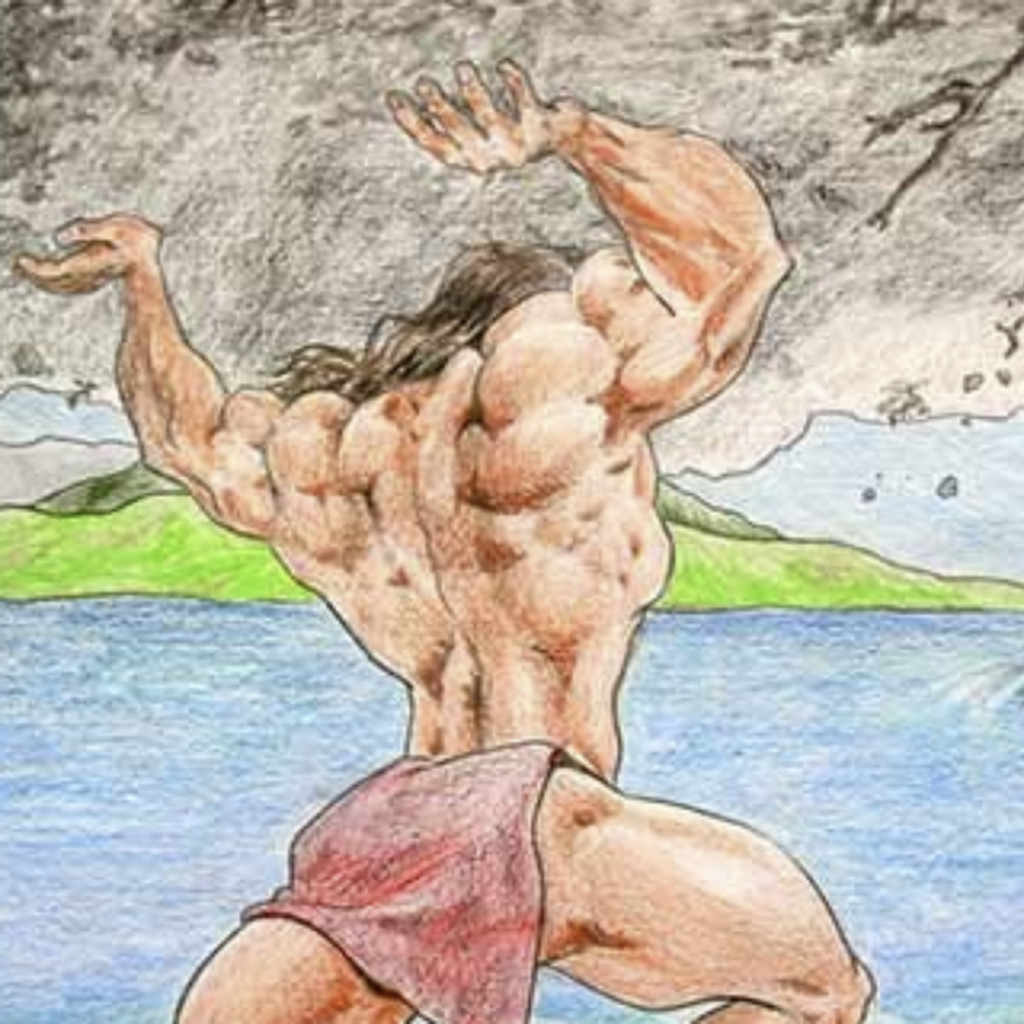The Matao Iron Trade Part 1: Contact and Commerce
Members of the matao, the highest-ranking strata of Mariana Islands society in the 16th and 17th centuries, carried on the first sustained cultural interaction and commercial exchange between Pacific Islanders and Europeans. From Ferdinand Magellan’s 1521 visit through the establishment of the 1668 Spanish Jesuit mission, these island traders, primarily from Guam and Rota, regularly bartered food staples and craftwork for iron goods with Spanish exploration and trade vessels, Dutch expeditions and English privateers.
The Matao Iron Trade Part 1: Contact and Commerce Read Post »


